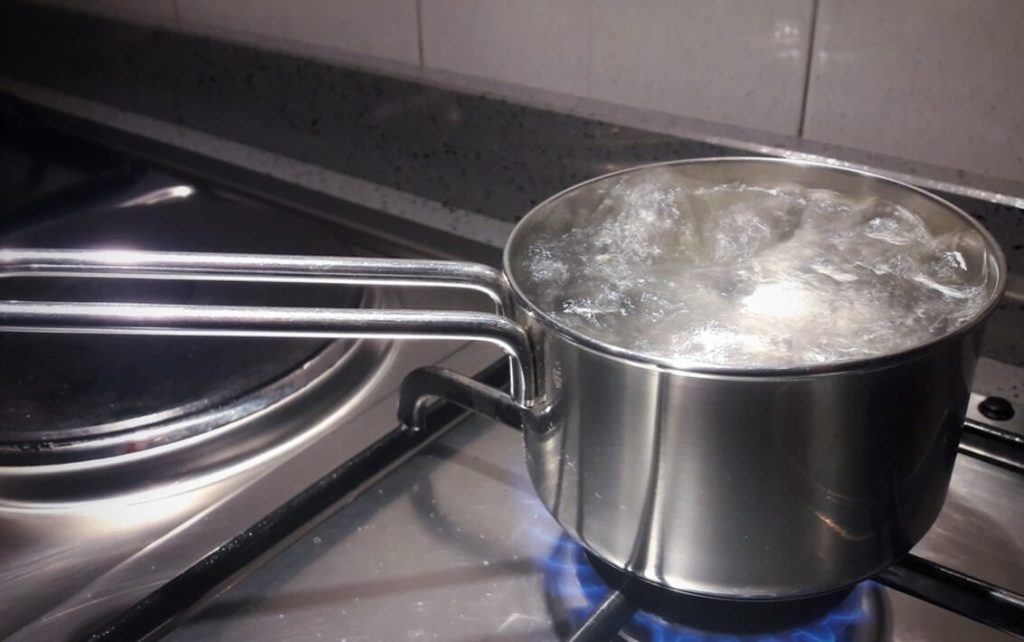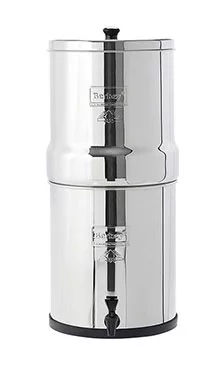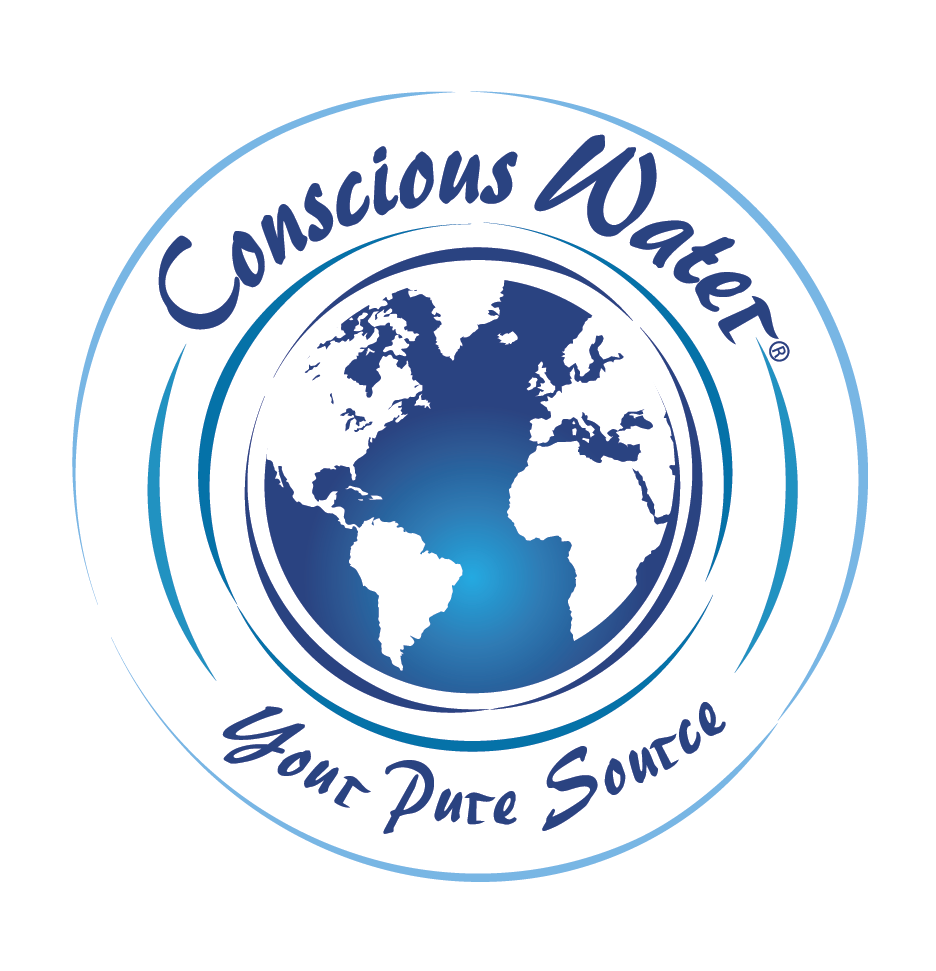The human body requires constant replenishment with fresh, clean water to run optimally and replace the water lost throughout the day.
While most tap water is safe for drinking from the faucet, sometimes it’s not always available and you have to get your water from another source. Either way, it may not be as pure as you want it to be.
Purifying drinking water is a necessary step to ensure you stay hydrated safely. But what is purified water exactly? And how can you purify your drinking water at home?
What Is Purified Water?
Purified water is water that’s quality has been improved through mechanical processing or filtration to remove dissolved and non-soluble contaminants.
The contaminants in water usually vary from location to location and source to source and may include:
- Disease-causing microorganisms, like bacteria, parasites, and viruses
- Solid impurities, such as leaves, silt, and sticks
- Organic and inorganic compounds
- Heavy metals
- Dissolved chemicals, such as herbicides and fertilizers
Poor-quality water may also have unpleasant odours and tastes, usually caused by pollutants.
Purifying water at home requires you to figure out how to remove some or all of the contaminants present.
The three main tell-tale signs of impure water are horrible taste, unnatural colour, and foul odour. These are easily detectable by your sense of taste, sight, and smell.
However, you may not always be able to tell impure water from pure water just by tasting, smelling, or looking at it with the naked eye. That’s why it’s a good idea to have your home water tested by a professional to determine what impurities it may contain.
How to Purify Water at Home the Easy Way
There’s no shortage of water purification methods, but not all of them are ideal in a home setting.
Here’s how to purify water at home without breaking the bank.
1. Boiling

Boiling water is one of the easiest and most traditional ways of water purification. And that is for good reasons. The resources are readily available, and it’s effective at killing pathogens.
To purify water at home through boiling, pour it into a pot placed over a heat source and heat the water until it boils. Let it boil for one to three minutes, depending on the altitude of your location.
Pure water boils at around 212°F (100°C) at sea level. Water boils at a lower temperature at high altitudes, so you’ll want to let it keep cooking for about three minutes when it comes to a boil if you live higher than 5,000 feet above sea level. The water here will boil at 202°F (94.5°C).
Does boiling water purify it? Yes, it kills disease-causing microorganisms. The downside is that it won’t remove physical debris, chemical pollutants, excess chlorine, and heavy metals.
Once the water boils, remove it from heat and cover it to allow cooling. You can remove the dead organisms that settle at the bottom of the pot by filtering or sieving them from the purified drinking water.
2. Distillation
Distilling water at home uses the same concept as boiling, except you let the water boil in a closed setup so the water vapour collects in a secondary pot dipped into the main pot.
Alternatively, you can boil the water in a pot connected to another container through a tube.
The water vapour escapes through the tube and is cooled down to pure water as it flows into the other container. You can wrap the tube with a damp cloth or ice to speed up the cooling process.
While distillation is highly effective at removing salts, bacteria, and heavy metals, it is painstakingly time-consuming. Distilled water also eliminates beneficial mineral components.
3. Using Home-Made Portable Filters

A DIY sediment water filter is a great purification system for removing physical debris and bad odour.
To make a DIY sediment filter, first you’ll need a clean bucket. Make a hole and fix a tap at the bottom. Add layers of filter media from the bottom in this order:
- Cotton wool/coffee filter/clean cloth
- Sand
- Charcoal
- More sand
- Small rocks
- Medium rocks
- Large rocks
After the layers are set, pour water from the open top of the bucket to sift through the media. It will trap physical debris of different sizes within the layers.
You can also use a sizable water bottle with the bottom part chopped off and the filter media arranged in the same order. Invert the bottle over another container and pour the water from the top to flow through the bottle’s mouth.
Like distillation, portable sediment filters are slow and time-consuming.
4. Using a Commercial Home Water Filter

Commercial water filters are the easiest and fastest modern way to purify water at home. They are readily available online and in stores.
As the #1 distributor of Berkey water filters in Canada, we pride ourselves on providing a reliable, pure water source without all the pesticides, bacteria, fluoride, heavy metals, and viruses.
Another upside of a Berkey water filter is that you don’t require water pressure or electricity to obtain pure water, meaning you can produce pure water at any time, anywhere.
5. Using a Water Bottle Filter

If you are hiking, travelling, or shopping, you might want to carry a water bottle filter to avoid the hassle of having loads of plastic bottles.
A water bottle with a replaceable filter, like the Berkey Sport Water Bottle Filter, comes in handy when you are on the move.
6. Using a Reverse Osmosis Purifier
Reverse osmosis water filters are ideal for purifying salt water but have the downside of removing valuable natural minerals during the purification process.
You can buy a reverse osmosis filter online or from a physical store.
7. Using Activated Charcoal
If your water smells awful, you can purify it using an activated charcoal water purifier. This type is ideal for removing germs and some harmful contaminants, like heavy metals, toxic compounds, and excess fluoride.
The downside of activated charcoal is that it doesn’t remove bacteria and viruses. It’s also not suitable for hard water.
To clean your water using activated charcoal, wrap the charcoal in a clean cloth bag and pour water through it, allowing the water to flow into a container.
8. Using Disinfection or Purification Tablets
You can disinfect or purify water using tablets like the MadiDrop+ or drops purchased online or from a pharmacy.
Water purification tablets contain the following, depending on the manufacturer:
- Iodine
- Chlorine dioxide
- Sodium dichloroisocyanurate
- Chlorine
- Tetraglycine hydroperiodide
To clean water using disinfectant tablets, drop the specified number of tablets into the corresponding amount of water and let it sit for as long as directed by the manufacturer.
For precaution, iodine tablets are not ideal for people with shellfish allergies and pregnant women.
9. Solar Purification/Basic UV Treatment
UV treatment or solar purification is another tried-and-true method for making water safe for drinking. This method uses UV light from the sun to kill germs, bacteria, and viruses.
The downside of UV treatment is that it doesn’t remove heavy metals like arsenic, lead, mercury, chemical pollutants like pesticides, excess chlorine, and particles.
To purify water using the solar method, pour the water into a clean water bottle with a cap and leave it in the sun. You can hasten the process by shaking the water to activate the oxygen in it.
Closing Thoughts
No single method is 100% effective at purifying water. You should combine several techniques, such as water filtration followed by boiling, UV treatment, disinfectant tablets, or activated charcoal treatment.
The most accessible modern way to purify water at home is to use a commercial water filter from a trusted company.
You can shop Berkey water filters from our online store, with the liberty of choosing a Big Berkey, Royal Berkey, Imperial Berkey, or Crown Berkey water filter, depending on the size of your family.
References:
- Healthline: How to Filter Water at Home: Tips, Safety, and Instructions
- Aosmithindia: Easy and Effective Ways to Purify Water
- Upmc: Boiling Water: How to Sterilize Water At Home
- Survivalfreedom: 8 Practical Ways to Purify Water Without Boiling It
- Wikihow: How to Purify Water
- Britannica: water purification


